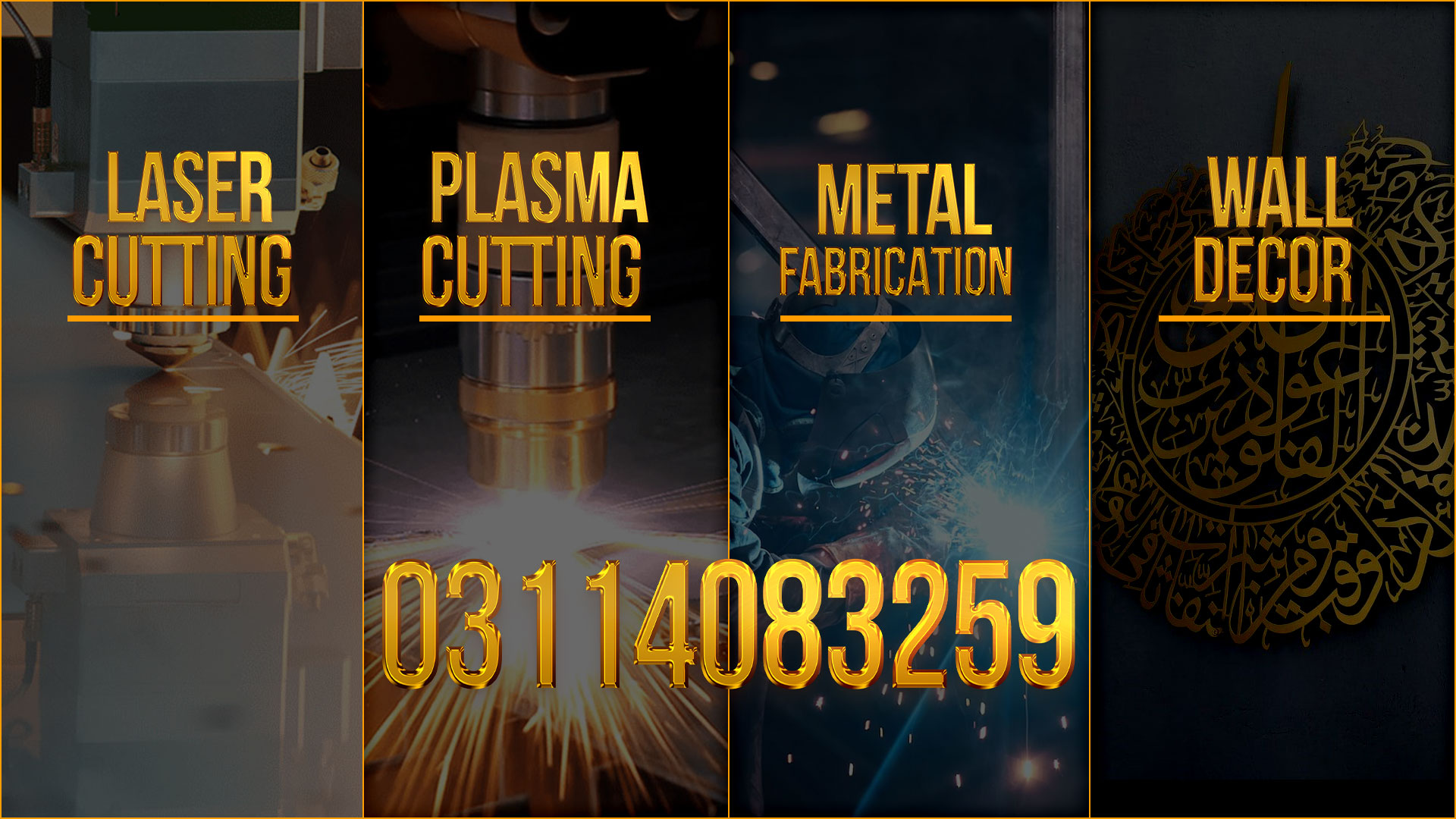Laser Cutting Gate Design: A Comprehensive Guide
Laser cutting technology has revolutionized the field of gate design, providing an unparalleled level of precision and customization. With the ability to cut through various materials such as steel, aluminum, and wood, laser cutting has enabled gate designers to create intricate patterns and designs that were previously impossible to achieve. In this article, we will explore the world of laser cutting gate design, including its benefits, techniques, and best practices.
Table of Contents
- Introduction
- Benefits of laser cutting for gate design
- Materials suitable for laser cutting gate design
- Designing for laser cutting
- Techniques for laser cutting gate design
- Vector cutting
- Raster engraving
- Etching
- Choosing the right laser cutting machine for gate design
- Safety considerations for laser cutting gate design
- Best practices for laser cutting gate design
- Examples of laser cutting gate designs
- Conclusion
- FAQs
1. Introduction
Gates are an essential part of any property, providing security, privacy, and aesthetic appeal. In recent years, laser cutting technology has emerged as a game-changer in the world of gate design, offering unprecedented flexibility and precision. Laser cutting allows gate designers to create intricate designs, patterns, and textures that were once impossible to achieve through traditional fabrication methods.
2. Benefits of laser cutting for gate design
Laser cutting technology offers numerous benefits for gate design, including:
- Precision: Laser cutting machines are incredibly precise, with the ability to cut through materials with micron-level accuracy. This precision allows for intricate designs and patterns to be created with ease.
- Customization: Laser cutting allows for virtually unlimited design possibilities, making it possible to create gates that are unique and personalized.
- Speed: Laser cutting is a fast and efficient process, enabling gates to be fabricated quickly and accurately.
- Versatility: Laser cutting machines can cut through a wide range of materials, including metal, wood, and plastic.
- Cost-effectiveness: Despite its high level of precision and customization, laser cutting is a relatively cost-effective process, making it accessible to a wide range of designers and fabricators.
3. Materials suitable for laser cutting gate design
Laser cutting is suitable for a wide range of materials, including:
- Steel: Laser cutting can be used to cut through steel gates, creating intricate patterns and designs.
- Aluminum: Aluminum gates can also be laser cut, providing a lightweight yet durable option for gate design.
- Wood: Laser cutting can be used to create beautiful, intricate patterns in wooden gates.
- Plastic: Laser cutting can also be used to cut through plastic materials, providing a versatile option for gate design.
4. Designing for laser cutting
Designing for laser cutting requires a different approach than traditional gate design. When designing for laser cutting, it is essential to consider the following:
- Material selection: Laser cutting is suitable for a wide range of materials, but the choice of material can impact the design possibilities.
- Design constraints: Laser cutting machines have certain limitations in terms of the size and thickness of materials that can be cut.
- File format: Designs for laser cutting must be created in vector format, with the correct line thickness and color settings.
5. Techniques for laser cutting gate design
There are several techniques used in laser cutting gate design, including:
Vector cutting
Vector cutting involves cutting through the material along a precise, pre-determined path. Vector cutting is ideal for cutting out complex shapes and patterns in gates.
Raster engraving
Raster engraving involves using a laser to engrave a pattern or design onto the surface of the material. Raster engraving is ideal for creating textures and patterns in wooden


